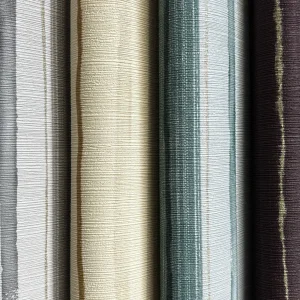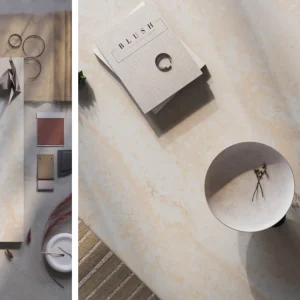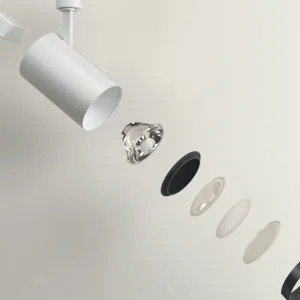The new theatrical urban structure is conceived as a visually stimulating experimental performance venue derived from the analysis of various musical frequencies. The new mobile aluminium venue features sloping panels and pyramid shapes.
The new Pavilion 21 MINI Opera Space is designed to host a wide variety of experimental performances. The 1,790 square metre pavilion can hold 300 seated audience members or 700 standing spectators. The structure is designed to be dismountable, transportable and re-mountable besides retaining a distinctive, unusual form.
Coop Himmelblau has derived the unique geometric form from a technique called ‘Soundscaping’, which has been utilised in three ways: to comprehend the shielding effect between square and street; to figure the geometry of the pavilion in order that the surface deflects noise; and reflecting and absorbing sound by the structure’s surface. The interior walls and ceilings are made of perforated absorbing and smooth reflecting sandwich panels. They are also tilted or skewed to avoid or enhance sound reflection.
The lounge inside of the pavilion features a light installation developed by cat-x. The singular light installation has been designed to transform the space by interacting with the sounds from the neighbouring Opera Pavilion. Accordingly space is transformed into sound, sound is turned into light and light forms the structure.
The development of the acoustical elements was carried out in collaboration with the acoustics department of Arup while the applied construction and materials were arranged with Frener & Reifer.





